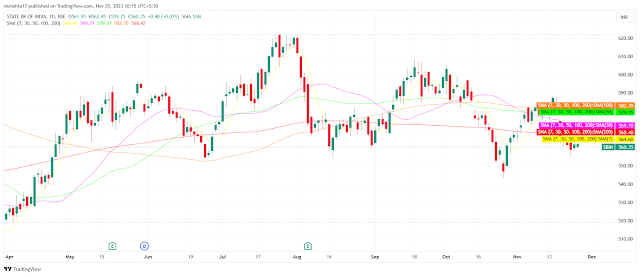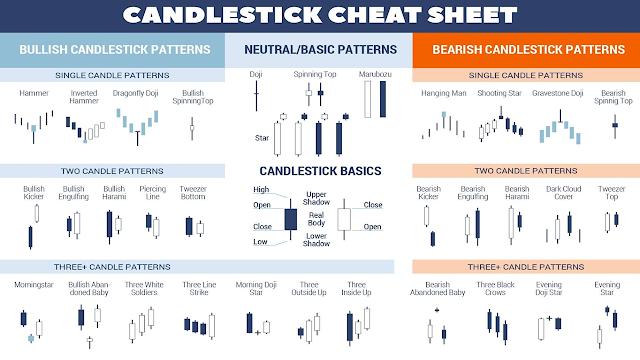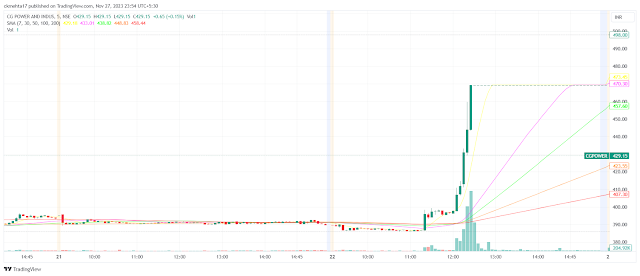Technical analysis
Technical Analysis in Stock Market
Introduction to Technical Analysis
Technical analysis is the process of evaluating securities by analyzing statistics generated by market activity, such as past prices and volume. Unlike fundamental analysis, which attempts to assess the intrinsic value of a security, technical analysis is more focused on the patterns and trends of stock prices and trading volumes. The goal of technical analysis is to use historical price data and technical indicators to forecast future price movements.
Technical analysts believe that past trading activity and price movements can offer clues about the future behavior of a stock or market. They often use price charts and a variety of technical indicators to identify patterns and trends.
Key Concepts of Technical Analysis
There are several key concepts that form the foundation of technical analysis:
- Price Action: Technical analysts believe that price action discounts all relevant information. In other words, everything that could impact a stock—economic data, company news, political events—is already reflected in the price. Therefore, technical analysis is primarily concerned with analyzing price movements.
- Trend: One of the main goals of technical analysis is to identify trends. A trend refers to the general direction in which the price of a stock is moving. It could be an upward (bullish), downward (bearish), or sideways (neutral) trend.
- Support and Resistance Levels: Support levels refer to price points at which a stock has historically had difficulty falling below, while resistance levels refer to price points at which a stock has had difficulty rising above. These levels help traders identify potential turning points for a stock's price.
- Volume: Volume measures the number of shares traded during a given period. Higher volume can indicate stronger market interest, while lower volume may signal weaker interest.
Types of Charts Used in Technical Analysis
Technical analysts rely on various types of charts to visualize price data and spot trends. The most common types include:
- Line Charts: A line chart plots the closing prices of a stock over a specific period. It is the simplest type of chart used by traders.
- Bar Charts: A bar chart provides more information than a line chart. It displays the open, high, low, and closing prices (OHLC) for a given period, providing a fuller picture of price activity.
- Candlestick Charts: Candlestick charts are similar to bar charts but use a different visual representation. The body of the candlestick shows the range between the open and close prices, while the wicks show the high and low prices. Candlestick patterns are widely used by traders to identify potential reversals or continuations of a trend.
Common Technical Indicators
Technical indicators are mathematical calculations that are used to predict future price movements based on past price and volume data. Some common technical indicators include:
- Moving Averages (MA): Moving averages smooth out price data by creating a constantly updated average price. A common use of moving averages is to identify trends and to generate trading signals when different moving averages cross each other.
- Relative Strength Index (RSI): The RSI is a momentum oscillator that measures the speed and change of price movements. It is used to identify overbought or oversold conditions in a stock.
- Bollinger Bands: Bollinger Bands consist of a moving average and two standard deviation lines. They provide a visual representation of a stock's volatility. When the bands are far apart, the stock is considered to be more volatile, and when they are close together, the stock is less volatile.
- MACD (Moving Average Convergence Divergence): The MACD is a trend-following indicator that shows the relationship between two moving averages. It is used to identify changes in the strength, direction, momentum, and duration of a trend in a stock's price.
Trend Analysis
Identifying and analyzing trends is one of the core aspects of technical analysis. A trend represents the general direction in which the price of a stock is moving. Technical analysts categorize trends into three types:
- Uptrend (Bullish): An uptrend occurs when the price of a stock consistently moves higher, creating higher highs and higher lows.
- Downtrend (Bearish): A downtrend occurs when the price of a stock consistently moves lower, creating lower highs and lower lows.
- Sideways Trend (Neutral): In a sideways trend, the price moves within a narrow range and does not create distinct higher highs or lower lows.
Traders often use trendlines to help identify trends. A trendline is a straight line that connects two or more price points and then extends into the future to act as a line of support or resistance.
Support and Resistance
Support and resistance levels are crucial concepts in technical analysis. These levels act as potential price barriers that stocks have difficulty moving above (resistance) or below (support). Understanding these levels can help traders anticipate where the stock price may reverse direction.
- Support: A price level where a stock tends to find buying interest as it falls. Support levels are often seen as a "floor" that prevents the stock from falling further.
- Resistance: A price level where selling interest tends to emerge as the stock rises. Resistance levels are often seen as a "ceiling" that prevents the stock from rising further.
Technical Analysis Strategies
There are many different strategies that traders use based on technical analysis. Some popular strategies include:
- Trend Following: Trend-following strategies involve identifying and trading in the direction of the current trend. This could mean buying during an uptrend or selling during a downtrend.
- Breakout Trading: Breakout traders look for stocks that are breaking through key support or resistance levels. A breakout above resistance often signals that the stock will continue moving higher, while a breakdown below support may indicate further declines.
- Reversal Trading: Reversal traders aim to buy stocks that are reversing from a downtrend to an uptrend or sell stocks that are reversing from an uptrend to a downtrend. These traders often use technical indicators to confirm the reversal.



















No comments